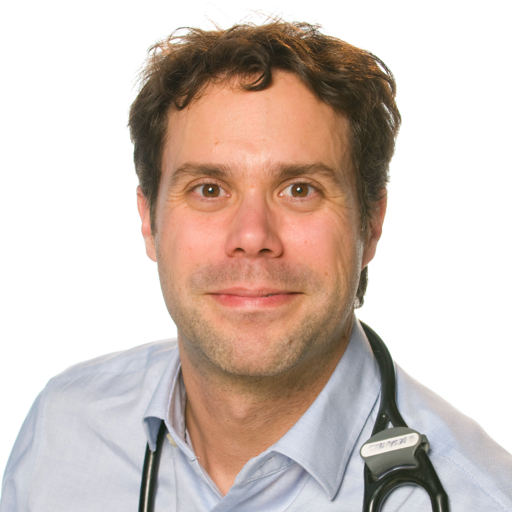
Alex Desautels, M.D., Ph.D.
Director of CARSM disorder clinic
Associate Professor, Department of Neurosciences, Université de Montréal
Neurologist, Neurology Service, Hôpital du Sacré-Coeur de Montréal
514-338-2692
alex.desautels@umontreal.ca
Training
M.D. specialized in Neurology (Université de Montréal)
Ph.D. in Neurological Sciences (Université de Montréal and McGill University)
M.Sc. in Visual Sciences (Université de Montréal)
Research interests
Physiology of normal and pathological sleep. Development of diagnosis methods and treatments of sleep disorders. Medical conditions of interest: Restless Legs Syndrome, Sleepwalking, Narcolepsy.
Methodological approaches
Polysomnography, electrophysiology, human genetics, pharmacology, clinical intervention.
Fundings
Grant from the Canadian Institutes of Health Research
Title: Pathophysiology and treatment of adult somnambulism.
Role: Co-investigator
Years: 2019-2024
Amount: 420 750$
Grant from the Heart and Stroke Foundation
Titre : Early changes in connectivity in the language brain network as possible mediators of post-stroke aphasia recovery
Role: Co-investigator
Years: 2019-2022
Amount: 260 915$
Grant from the American Academy of Sleep Medicine Foundation (2020 Strategic Research Award)
Title: Investigating sleep microarchitecture to better understand idiopathic hypersomnia pathophysiology and phenotype heterogeneity
Role: Co-investigator
Years: 2020-2023
Amount: 249 572 USD
My team
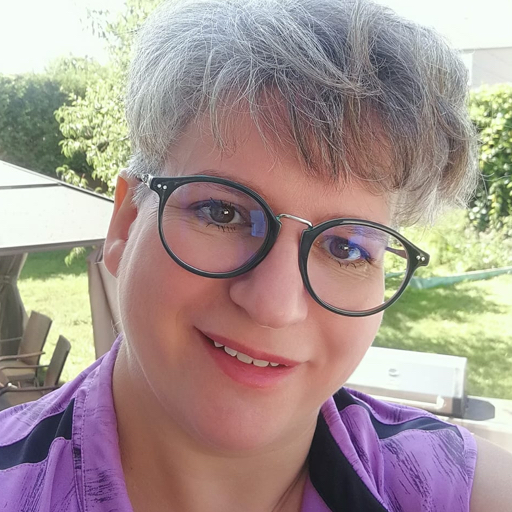
Marie-Josée Quinn
Medical Laboratory Technician
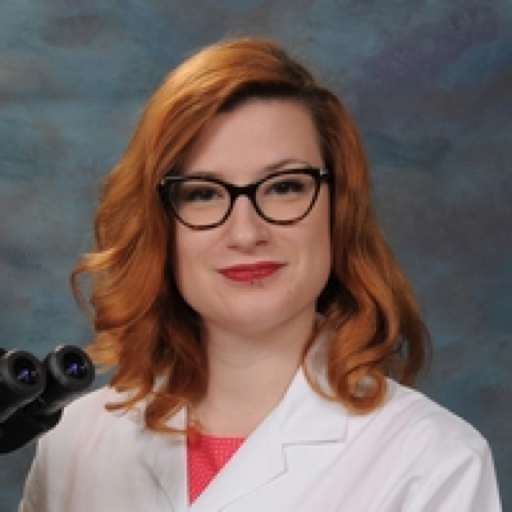
Aurélie Boivin De Billy
Medical Laboratory Technician
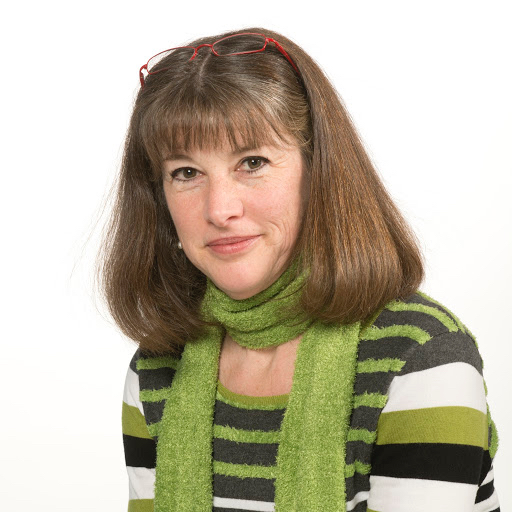
Dominique Petit, Ph.D.
Research Associate
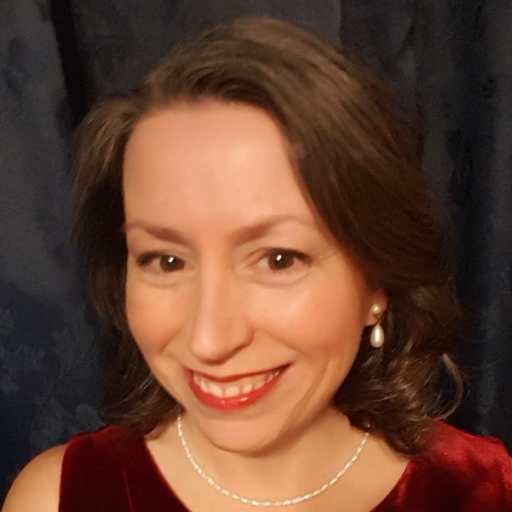
Tyna Paquette, M.Sc.
Research Associate
Selected publications
Carpentier N, O’Reilly C, Carrier J, Poirier G, Paquet J, Gibbs SA, Zadra A, Desautels A. Spindles insufficiency in sleepwalkers’ deep sleep. Neurophysiol Clin. 2020 Oct;50(5):339-343. doi: 10.1016/j.neucli.2020.08.003. Epub 2020 Sep 4.PMID: 32896465
Pennestri MH, Petit D, Paquet J, Desautels A, Touchette E, Côté S, Tremblay RE, Boivin M, Montplaisir J. Childhood restless legs syndrome: A longitudinal study of prevalence and familial aggregation. J Sleep Res. 2020 Aug 11:e13161. doi: 10.1111/jsr.13161.
Krohn L, Ruskey JA, Rudakou U, Leveille E, Asayesh F, Hu MTM, Arnulf I, Dauvilliers Y, Högl B, Stefani A, Monaca CC, Abril B, Plazzi G, Antelmi E, Ferini-Strambi L, Heidbreder A, Boeve BF, Espay AJ, De Cock VC, Mollenhauer B, Sixel-Döring F, Trenkwalder C, Sonka K, Kemlink D, Figorilli M, Puligheddu M, Dijkstra F, Viaene M, Oertel W, Toffoli M, Gigli GL, Valente M, Gagnon JF, Desautels A, Montplaisir JY, Postuma RB, Rouleau GA, Gan-Or Z. GBA variants in REM sleep behavior disorder: A multicenter study. Neurology. 2020 Aug 25;95(8):e1008-e1016. doi: 10.1212/WNL.0000000000010042. Epub 2020 Jun 26.PMID: 32591474
Nigam M, Zadra A, Boucetta S, Gibbs SA, Montplaisir J, Desautels A. Successful Treatment of Somnambulism With OROS-Methylphenidate. J Clin Sleep Med. 2019 Nov 15;15(11):1683-1685. doi: 10.5664/jcsm.8040.PMID: 31739860
Krohn L, Öztürk TN, Vanderperre B, Ouled Amar Bencheikh B, Ruskey JA, Laurent SB, Spiegelman D, Postuma RB, Arnulf I, Hu MTM, Dauvilliers Y, Högl B, Stefani A, Monaca CC, Plazzi G, Antelmi E, Ferini-Strambi L, Heidbreder A, Rudakou U, Cochen De Cock V, Young P, Wolf P, Oliva P, Zhang XK, Greenbaum L, Liong C, Gagnon JF, Desautels A, Hassin-Baer S, Montplaisir JY, Dupré N, Rouleau GA, Fon EA, Trempe JF, Lamoureux G, Alcalay RN, Gan-Or Z. Genetic, Structural, and Functional Evidence Link TMEM175 to Synucleinopathies. Ann Neurol. 2020 Jan;87(1):139-153. doi: 10.1002/ana.25629.
El Gewely M, Welman M, Xiong L, Yin S, Catoire H, Rouleau G, Montplaisir JY, Desautels A, Warby SC. Reassessing GWAS findings for the shared genetic basis of insomnia and restless legs syndrome. Sleep. 2018 Nov 1;41(11). doi: 10.1093/sleep/zsy164.
Projects
Clinical characterization and genetic study of sleepwalking
Sleepwalking can give rise to a wide range of complex nocturnal behaviours and represents one of the leading causes of sleep-related injury. The condition is frequent in children, reaching a peak at 12 years of age, and then rapidly decreases to affect 2-3 % of the adult population. Sleepwalking runs in families. For instance, immediate relatives of sleepwalkers have at least a 10-fold increased likelihood of being affected over that of the general population. However, despite the relatively high frequency of the disease and the fact that sleepwalking clusters in families, the spectrum of clinical manifestations and the mode of inheritance have not been fully investigated and no susceptibility gene has been so far identified.
Hence, the first phase of the proposed project aims at recruiting sleepwalkers and their relatives in order to: 1) study the wide range of clinical manifestations, using namely electrophysiological approaches (such as electric brain activity and sleep markers in the laboratory); and 2) determine how the condition is transmitted within families. These results will be used in a subsequent phase aiming at identifying a predisposing gene involved in the development of the disease. The research program will not only further increase our knowledge on the clinical manifestations of sleepwalking but will also allow us to extensively characterize our patient population, which represents undeniable advantages for the identification of genes. We expect to identify a gene conferring susceptibility to sleepwalking. This would provide additional insight into our comprehension of this intriguing disease and may open a different perspective on the mechanisms involved in sleep processes in addition to lead to the development of new diagnostic tests and treatment strategies.
